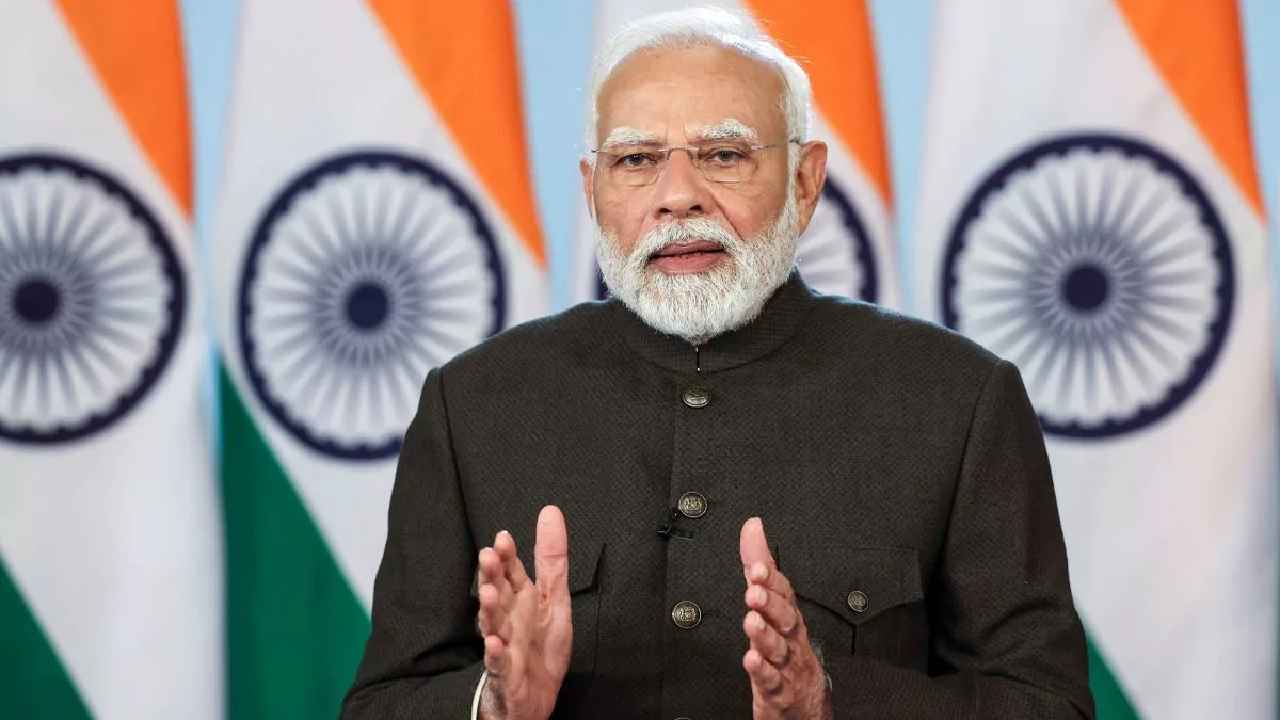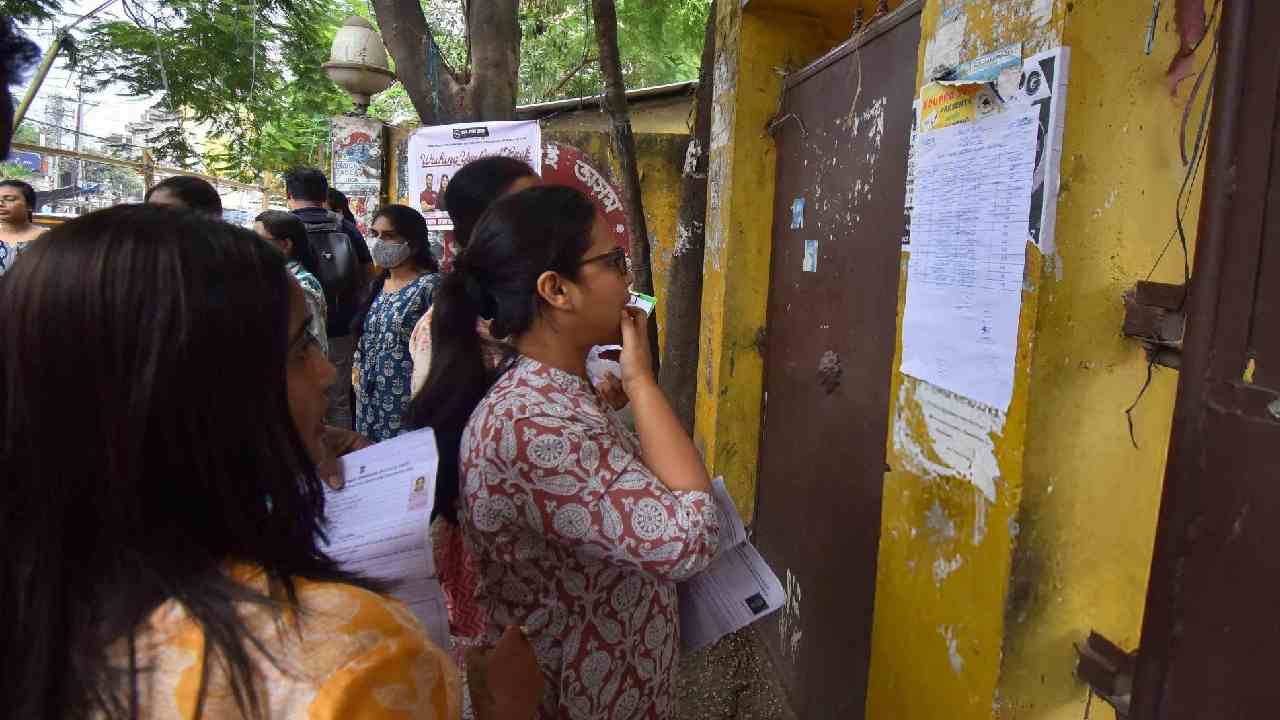The Indian automotive sector is currently facing significant challenges, primarily driven by a combination of geopolitical tensions and a marked decline in consumer demand. As escalations between Iran and Israel trigger broader market sell-offs, auto stocks are bearing the brunt of this turbulence. Furthermore, a notable slowdown in automobile sales in September, coupled with a cautious outlook from leading global car manufacturers, has placed additional pressure on these stocks.
In this challenging environment, the Nifty Auto index has unfortunately extended its losing streak to five consecutive trading sessions, registering a decline of 1.50% and settling at 25,544. This is a stark contrast to the peak of 27,696 reached on September 27, representing a total drop of 7.7% within this time frame.
Leading the decline among auto stocks is TVS, which has dropped by a notable 11.3%. Close behind are Bajaj Auto and Eicher Motors, both facing a loss of 10%. Other significant players in the sector have also experienced declines, with Hero MotoCorp and Samvardhana Motherson International witnessing reductions of 8% and 10%, respectively. Such downturns underscore the challenging market conditions for Indian auto manufacturers.
Specifically, Maruti Suzuki India shares fell by 9%, while Ashok Leyland and MRF both saw a decline of 10%. Tata Motors experienced a drop of 8.5%, Bharat Forge decreased by 8%, Mahindra & Mahindra fell by 7%, and Bosch shares decreased by 5% over the last five trading sessions. This broad spectrum of losses reflects the widespread issues currently affecting the auto sector.
Automobile Sales Trends: A Decline in September
The latest figures from the Federation of Automobile Dealers Association (FADA) reveal a persistent downturn in the automobile market, with a year-on-year (YoY) decline of 9.26% in retail sales for September. The automotive sector has faced persistent issues, highlighted by lack of consumer interest and low demand during traditional festive occasions such as Ganesh Chaturthi and Onam. The anticipated demand that usually accompanies these celebrations has instead proven disappointing.
Specifically, sales of 2-wheelers fell by 10% month-on-month (MoM) and 8.5% YoY, attributable to low consumer sentiment and poor inquiries. Contributing factors such as the Shraddh period, Pitrapaksha, and heavy rains have compounded the challenges, delaying purchases and leading to a subdued market environment.
In the passenger vehicle (PV) sector, retail sales dropped significantly, plummeting 10.8% MoM and 18.81% YoY, as confirmed by FADA’s data. This decline highlights the precarious situation faced by auto manufacturers and dealers alike.
FADA President, C S Vigneshwar, noted that seasonal effects, coupled with heavy rains and a sluggish economy, have resulted in a staggering inventory level of 80-85 days, which equates to approximately 7.9 lakh vehicles valued at ₹79,000 crore. Such high inventory levels could pose serious challenges for dealerships as they navigate this market downturn.
With the festive season on the horizon, FADA urges original equipment manufacturers (OEMs) to implement corrective measures urgently to avoid a significant financial setback. Additionally, they call on the Reserve Bank of India to issue guidance to banks regarding stricter financing policies based on dealer consent and actual collateral, alleviating some of the financial pressure on dealers dealing with unsold products. It’s crucial for PV OEMs to act swiftly to recalibrate their strategies in anticipation of a potential market recovery.
Despite the aggressive discounting efforts from manufacturers to alleviate high inventory levels, these measures have yet to yield a substantial uptick in sales. Observers express concerns that this surge in discounts might adversely affect profit margins for auto companies, raising alarms among investors.
After witnessing robust double-digit growth in FY22, FY23, and FY24 largely driven by demand recovery post-COVID, the recent slowdown in PV sales places the industry in a tentative position. Projections suggest only a modest 5% growth in PV sales for FY25, a sharp contrast to the over 8% growth experienced in FY24.
This downturn is not unique to India; prominent global automotive manufacturers are also grappling with challenges. The major German car manufacturers—Volkswagen, Mercedes-Benz Group AG, and BMW AG—have recently revised their sales forecasts for 2024 downwards, indicating a broader trend in the automotive industry.
Conclusion: The Indian automotive sector finds itself at a crossroads, faced with declining sales, increasing inventory levels, and geopolitical uncertainties. As the industry awaits the festive season, the urgency for strategic interventions from OEMs and financial institutions becomes paramount. The focus must shift to revitalizing consumer interest and navigating the complexities of market demands effectively.












